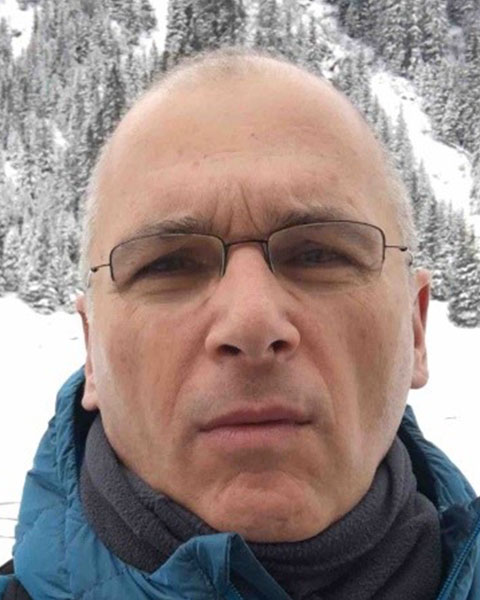Oral
Water Distribution System Analysis (Planning & Management)
Managing Water Quality in Distribution Systems
Laceration of Pipeline Inner Walls Using Unsteady Skin Friction
Wednesday, May 24, 2023
9:45 AM - 10:00 AM PDT
Room: La Sirena III
- MZ
Mohamad J. Zeidan
PhD student
Technion 
Avi Ostfeld, PhD, D.WRE, F.EWRI, F.ASCE
Professor
Technion - Israel Institute of Technology
Author (not presenting)(s)
Author(s)
The purpose of this study is to examine the problem of cleaning biofilms and materials adhered to the inner walls of pipes. A method for countering such threats is to utilize the skin friction properties of transient flows. Drinking water systems are inundated with biofilms, either in the form of thin, patchy colonies or in the form of surface-covering layers. The presence of biofilms can cause a number of problems, including changes in water taste and odor, increased chlorine demand, coliform growth, pipe corrosion, and increases in maintenance costs. Additionally, biofilms provide a potential habitat for some hygienically relevant microorganisms and may even facilitate the proliferation of these organisms.
This work was conducted using the Lagrangian approach rather than the Eulerian approach. Since the Lagrangian approach normally requires orders of magnitude fewer calculations, which allows very large systems to be solved in an expeditious manner. It is essential in order to efficiently utilize the genetic algorithm as an optimization tool. Moreover, since it is continuous in both time and space, the method is less sensitive to the structure of the network and the length of the simulation process, resulting in improved computational efficiency. This study uses the new friction modeling technique that compensates for both the local and convective acceleration terms for the Lagrangian transient modeling approach, without compromising the computational time.
This work builds on and expands on previous work on biofilm detachment under unsteady flows. This study aims to optimize the operation of the existing valves so as to generate high transient shear stresses, in turn, induce biofilm breakage and biofilm deformation.
This work was conducted using the Lagrangian approach rather than the Eulerian approach. Since the Lagrangian approach normally requires orders of magnitude fewer calculations, which allows very large systems to be solved in an expeditious manner. It is essential in order to efficiently utilize the genetic algorithm as an optimization tool. Moreover, since it is continuous in both time and space, the method is less sensitive to the structure of the network and the length of the simulation process, resulting in improved computational efficiency. This study uses the new friction modeling technique that compensates for both the local and convective acceleration terms for the Lagrangian transient modeling approach, without compromising the computational time.
This work builds on and expands on previous work on biofilm detachment under unsteady flows. This study aims to optimize the operation of the existing valves so as to generate high transient shear stresses, in turn, induce biofilm breakage and biofilm deformation.
